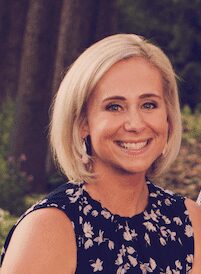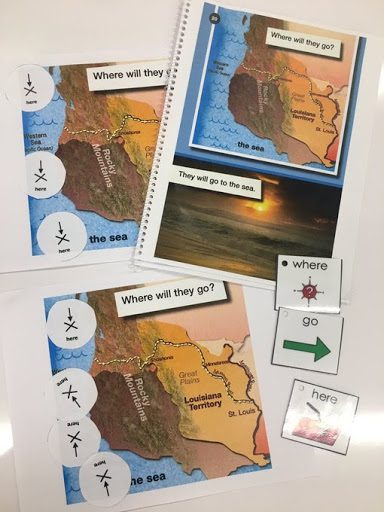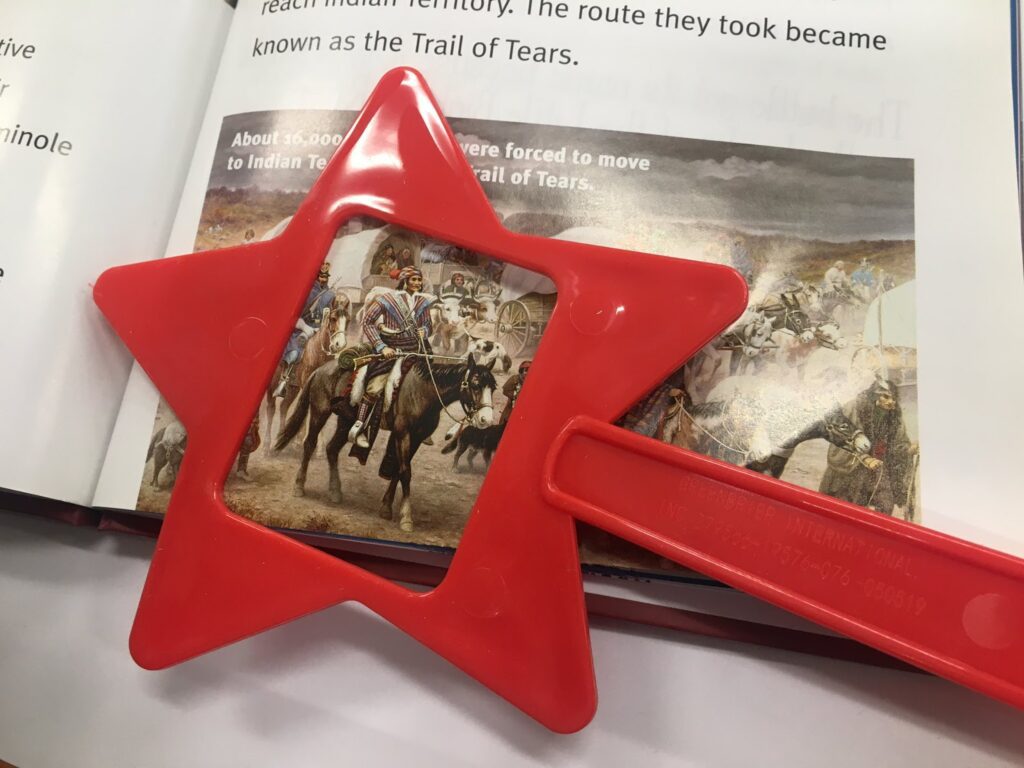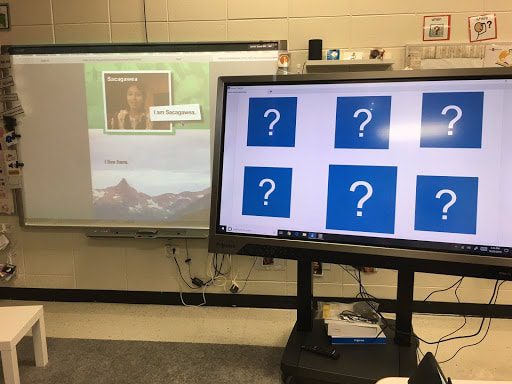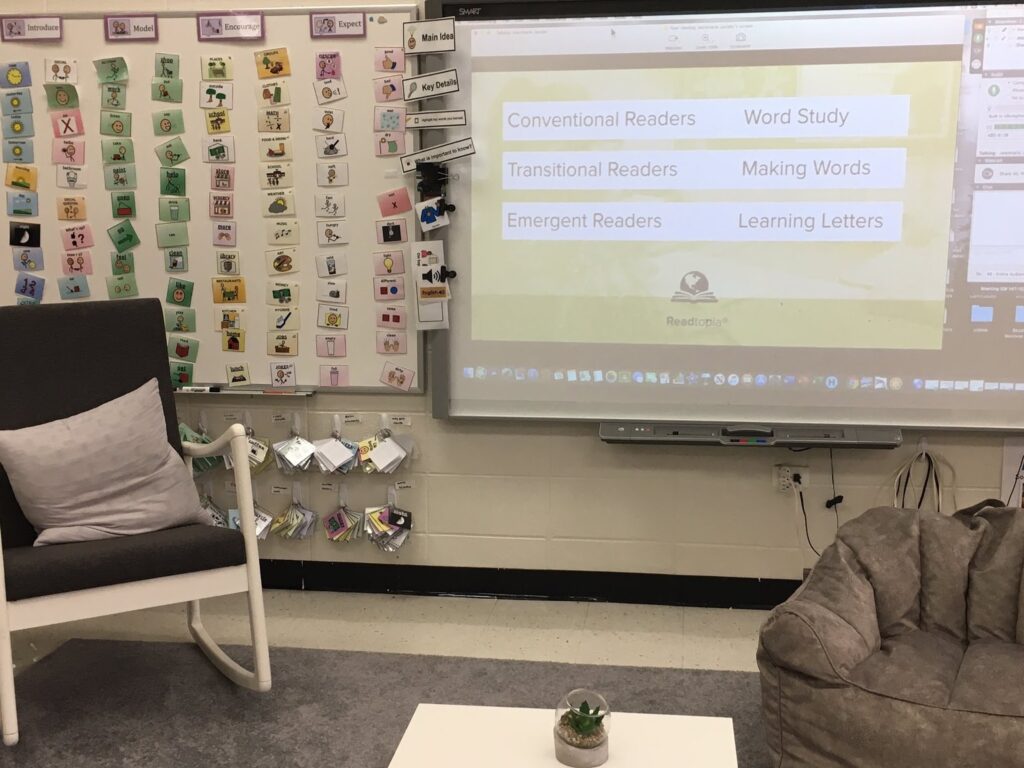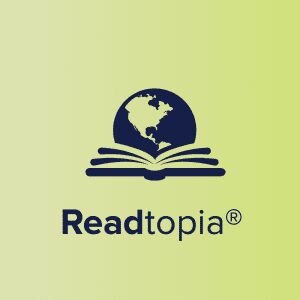When people ask me why I became a special education teacher, I tell them that I always knew I would be a teacher. I imagined teaching English in a general education setting. By the time I reached college, my dream took shape for very personal reasons. Someone close to me was in need of extra supports for learning, and that experience had a profound effect on me. Seeing someone I care about struggle with learning helped me see that I truly wanted to work with students with disabilities. I realized I could still teach ELA while making a difference for those in need.
I’m the type of person who loves to learn, and I love to bring what I learn into my high school classroom where I’ve taught for 12 years now teaching students with low-incidence disabilities. Most of my students are AAC (Augmentative and Alternative Communication) device users who use plenty of assistive technology to meet all kinds of needs, but over the years I taught across the whole spectrum.
Along my journey to become a teacher, I earned advanced degrees in Special Education as well as Curriculum & Instruction. I also completed some other graduate work, including an Assistive Technology program. Sometimes it feels like a treasure hunt of ideas, and I love trying new things out in my classroom. When something really works, I just need to share it!
I may be making it sound easier than it really is. Of course there are always challenges, and for me, there were some real challenges along the way.
From my first year teaching, my district was committed to doing the very best for our students in a range of academic areas, and life skills. The problem was, we really needed to do a lot of rewriting and adapting the curriculum to cover all those areas at the same time.
I spent much of my personal time rewriting and adapting areas of literacy and trying to fit it into science, or social studies, and remembering to balance all of that with life skills.
I was getting bombarded with extra hours of adapting and modifying and creating visuals—not kidding here; I had to create everything. Don’t get me wrong, I love that work. But it’s exhausting and discouraging to have to reinvent the wheel over and over. Between this and other teaching responsibilities, I felt I was being pulled in 100 different directions.
There simply had to be something more. I wanted something that would make my job as a special educator—easier is not the right word—balanced. That’s it. I wanted more balance.
My teaching did not feel balanced. Which, of course, meant my life was off-balance. Every night, I brought the computer home and spent hours working on curriculum at the same time that I was starting a family and advancing my education. It was not sustainable. I could not do it all. Not to mention my curriculum was chopped together. There had to be a better way…
It was only after researching and seeing Readtopia in person that I went to my Curriculum Director and asked, “What do you think about this curriculum? Can I pilot it?”
A sad truth that goes along with teaching in special education is that not everyone is on board. I still get questions from parents and people in the community who don’t understand why it’s important to give our students access to the curriculum and why it’s important to teach them things like social studies and science.
I have an example. We recently completed the Westward Expansion thematic unit in Readtopia, learning about Lewis & Clark and the impact Sacagawea had on the journey. But some people asked me why the students needed to learn about that, and whether I’d be teaching them how to cook or clean or handle functional daily living skills.
So even with all the research out there that supports this kind of teaching, special educators constantly battle that old way of thinking. The expectation just isn’t there for our students, and it’s a shame because they should see the progress my students are making! Their growth is all the evidence I need that we can and should expect more out of our students. Their progress is the reason I’m hooked on Readtopia.
I feel it’s important to balance academic learning with life skills. It’s a difficult balance sometimes, but Readtopia makes it a little easier. Each of the thematic units includes life skills lessons, which cover three important life domains: 1) daily living skills, interpersonal skills, and employment skills (great for transition). The beautiful part is that these life skills elements aren’t taught in isolation—they are fully integrated into academic learning.
The evidence base at the foundation of Readtopia made a huge difference for me. I think it’s clear Dr. Erickson knows what she’s talking about! She and Dr. Caroline Musselwhite are a couple of the many talented people who developed Readtopia, and I’m so thankful for their legwork. I’m confident that I’m providing comprehensive literacy instruction to my students who have the most significant learning needs.
I certainly have high expectations for all my students. For instance, when they’re communicating but saying something off-topic, it’s still truly authentic to them. So I bring it into the lesson, and I make it on-topic. We simply have to presume that all our students can learn, all of them understand, and all of them need access to the general education curriculum. We do this because it’s our job as educators, but also because it’s the right thing to do!
Right now, we’re in our third thematic unit in Readtopia. I’m so impressed with it. It respects that every student, even mine, can learn and will be better off in school and beyond because we’re giving them a great start as they learn to read. We are 100% preparing them for the future, because everything depends on literacy.
I can’t say enough positive things about Readtopia. My only regret is that I didn’t start it sooner! I’m so excited to keep moving forward with it because I’ve seen the most AH-HA! moments with Readtopia.
I use a lot of heavy Core Word instruction, and when we were studying the Westward Expansion unit, we used a model of a map that was provided. We were working on the word “here.” I asked my class, “Where would she go? Would they go here? Would they go there?” And I had a few students spontaneously start using the word “here.” They had never used the word before. It was AMAZING.
I now have students who want to engage socially with each other, especially during the instruction of our hands-on experiences. They’ll say, “Come here and look at the boat that I built. Does it look like Sacagawea’s boat?” That’s a whole lot of ah-ha moments when students start wanting to engage more with each other.
I love learning. I always have. As a teacher, I have to keep that in my heart. Lots of special education teachers experience burnout (reducing paper load or caseload would certainly help solve that issue, but it will probably always be there). So really, we need to protect our own passion for teaching and learning. I know I’m still excited to ask questions, to problem-solve, and to grow. That’s why I keep my classroom inquiry-based. I have to keep that flame alive in myself so I can pass that fire to my students.
I feel all of the work I’ve done teaching, learning, researching, and searching for best practice ideas has culminated in what I’m doing now with Readtopia in my classroom. I hope to share this experience with other special educators so you can learn from my experience and give Readtopia a try for yourself. It’s the best model of instruction I’ve ever seen with resources already built to meet the wide range of needs in my classroom. I feel so good about what I’m doing for my students. They’re already showing that it’s working. I see it in them every day.
